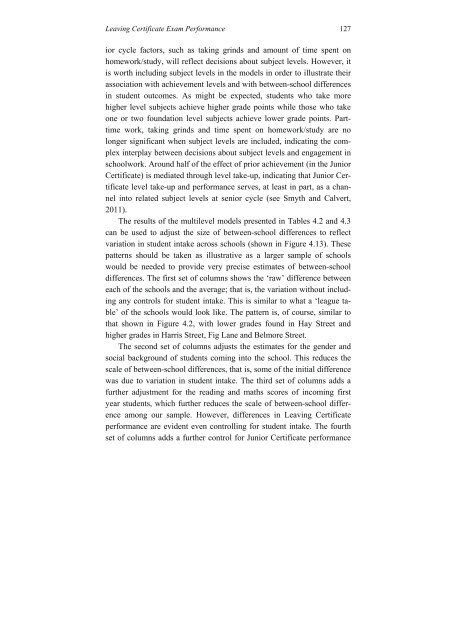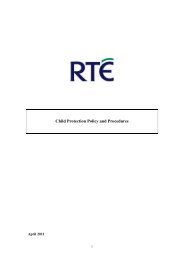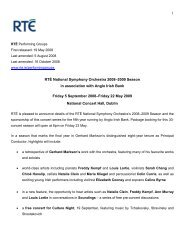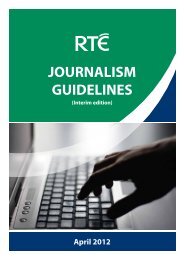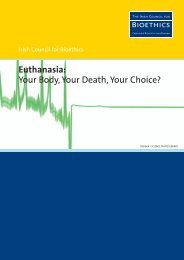From Leaving CertiFiCate to Leaving SChooL a Longitudinal Study ...
From Leaving CertiFiCate to Leaving SChooL a Longitudinal Study ...
From Leaving CertiFiCate to Leaving SChooL a Longitudinal Study ...
Create successful ePaper yourself
Turn your PDF publications into a flip-book with our unique Google optimized e-Paper software.
<strong>Leaving</strong> Certificate Exam Performance 127<br />
ior cycle fac<strong>to</strong>rs, such as taking grinds and amount of time spent on<br />
homework/study, will reflect decisions about subject levels. However, it<br />
is worth including subject levels in the models in order <strong>to</strong> illustrate their<br />
association with achievement levels and with between-school differences<br />
in student outcomes. As might be expected, students who take more<br />
higher level subjects achieve higher grade points while those who take<br />
one or two foundation level subjects achieve lower grade points. Parttime<br />
work, taking grinds and time spent on homework/study are no<br />
longer significant when subject levels are included, indicating the complex<br />
interplay between decisions about subject levels and engagement in<br />
schoolwork. Around half of the effect of prior achievement (in the Junior<br />
Certificate) is mediated through level take-up, indicating that Junior Certificate<br />
level take-up and performance serves, at least in part, as a channel<br />
in<strong>to</strong> related subject levels at senior cycle (see Smyth and Calvert,<br />
2011).<br />
The results of the multilevel models presented in Tables 4.2 and 4.3<br />
can be used <strong>to</strong> adjust the size of between-school differences <strong>to</strong> reflect<br />
variation in student intake across schools (shown in Figure 4.13). These<br />
patterns should be taken as illustrative as a larger sample of schools<br />
would be needed <strong>to</strong> provide very precise estimates of between-school<br />
differences. The first set of columns shows the ‘raw’ difference between<br />
each of the schools and the average; that is, the variation without including<br />
any controls for student intake. This is similar <strong>to</strong> what a ‘league table’<br />
of the schools would look like. The pattern is, of course, similar <strong>to</strong><br />
that shown in Figure 4.2, with lower grades found in Hay Street and<br />
higher grades in Harris Street, Fig Lane and Belmore Street.<br />
The second set of columns adjusts the estimates for the gender and<br />
social background of students coming in<strong>to</strong> the school. This reduces the<br />
scale of between-school differences, that is, some of the initial difference<br />
was due <strong>to</strong> variation in student intake. The third set of columns adds a<br />
further adjustment for the reading and maths scores of incoming first<br />
year students, which further reduces the scale of between-school difference<br />
among our sample. However, differences in <strong>Leaving</strong> Certificate<br />
performance are evident even controlling for student intake. The fourth<br />
set of columns adds a further control for Junior Certificate performance


